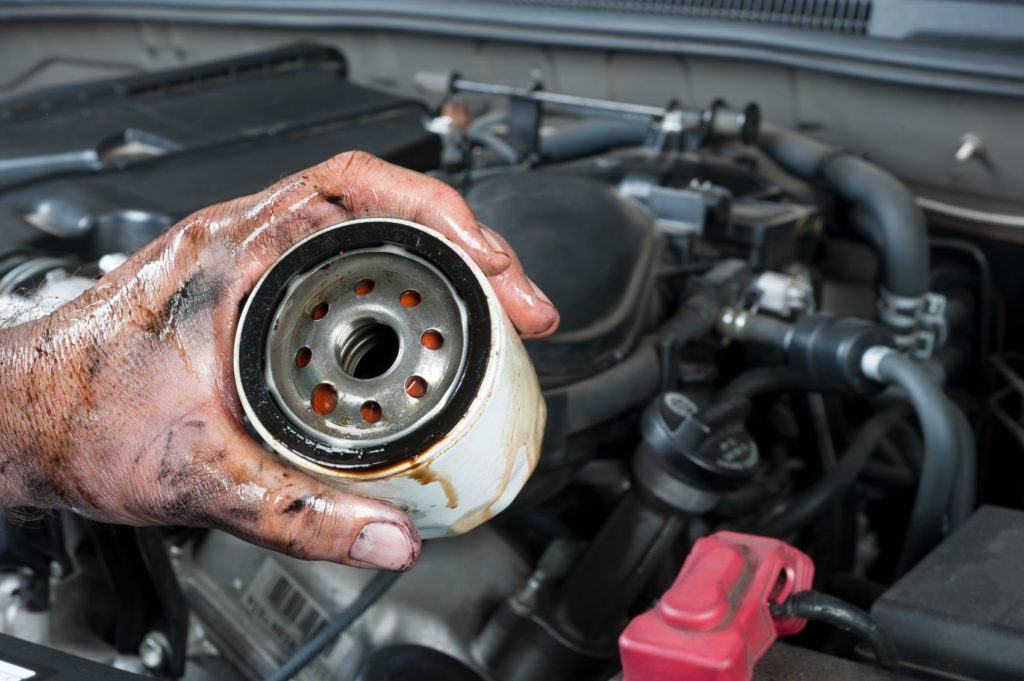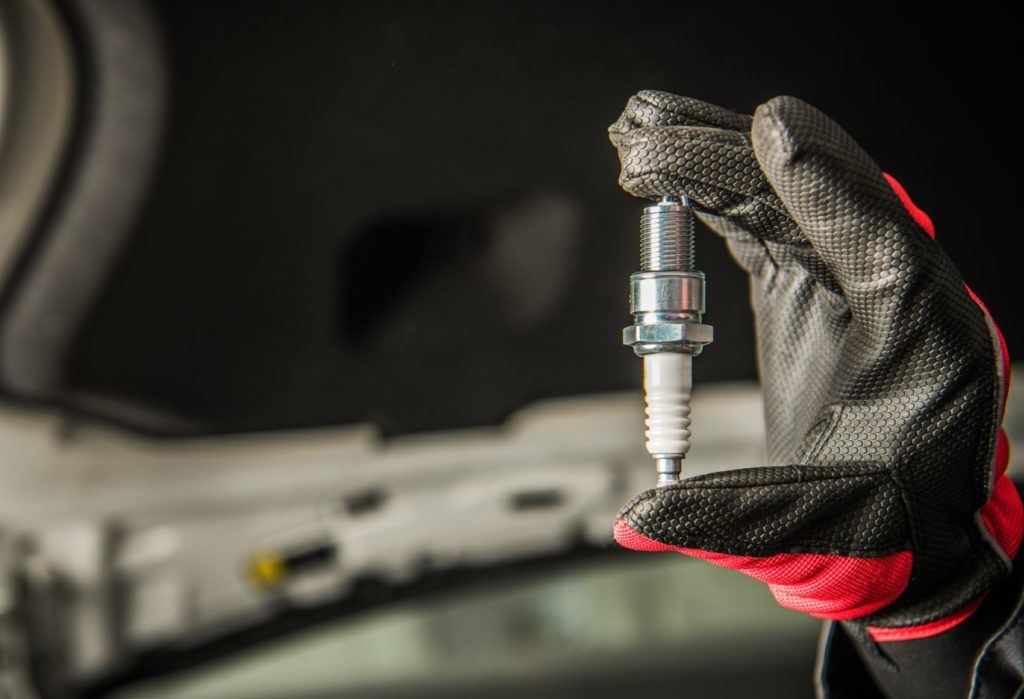As we strive to be responsible citizens and practice social distancing, we’ve pivoted to shopping exclusively online for many things we traditionally look for at brick-and-mortar stores. If you’re needing to tackle some DIY maintenance while staying home, or interested in upgrading some of your vehicle’s components, you will come across two types of parts while shopping online: original equipment manufacturer (OEM) and aftermarket.
Before you start browsing and filling your virtual cart, let’s tackle a few questions to better understand each type.
Difference Between OEM & Aftermarket Parts
An OEM part is made by the same company that supplies the vehicle manufacturer’s factory. Historically, you could only get OEM parts through authorized dealerships. They were the go-to for everyday consumers as well as purists who wanted exact replacement parts for their vehicle. However, in recent years, OEM parts have become available through other retail stores and online via third-party sellers.
On the other hand, an aftermarket part is a component manufactured to appear and function just like the OEM part, but is made by a company competing with the OEM supplier. They’ve always been available at brick-and-mortar auto parts stores, but aftermarket parts rose in popularity because of e-commerce retailers.
Hobbyists flocked to online stores to explore alternative replacement parts, many of which offered unique and custom variations that weren’t available through the original manufacturer.

Are Aftermarket Parts Less Expensive?
Although not a hard and fast rule, in general, aftermarket parts are less expensive as most retailers strive to offer a competitive alternative. How much less expensive, though, will depend on the type of part and its availability. It’s not unusual to see different pricing tiers for aftermarket parts, based on value, so shoppers can easily browse for parts that are within their budget.
Pricing for aftermarket offerings will also vary depending on the retailer, with some retailers willing to offer discounts, and others adding larger markups. If you’re looking for a good deal, research is key.
- Related: Should you buy car parts online? A complete buyer’s guide.
Are Aftermarket Parts of Lower Quality?
Years ago, when the aftermarket first started to compete with OEM suppliers, some vendors may have compromised quality in order to be price-competitive. This was often done to win customers who were historically loyal to OEM suppliers.
Today, much of the aftermarket realizes the importance of quality, and you can find options from many sellers that are close competitors to their OEM counterparts. In fact, there are even some large aftermarket suppliers who have made it a selling point to state that their aftermarket components are superior to OEM ones, particularly if those OEM parts have known issues.

Is There a Risk of Counterfeit Parts?
In this day and age, sadly, there is always that risk. Think about how there are knock-off watches, sunglasses, and handbags. Auto parts, unfortunately, fall into a similar situation. Airbags, brake pads, wheels, electrical components, and various other engine and drivetrain components are among the parts most commonly at risk.
The amount of counterfeit auto parts continues to rise, despite government and industry efforts worldwide to quell the activity.
How Do I Know It’s a Fake Part?
Keep an eye out for poor quality, misspellings, and wrong colors. When shopping online, look for listings that include several high-quality photos and detailed descriptions that include exact specifications.
One way to avoid counterfeit parts is by purchasing from reputable companies and re-sellers, preferably those that include reviews and have a dedicated customer service team available to you while you’re browsing.
OEM or Aftermarket Parts: Which One Is Best?
In some cases, there isn’t a choice! For newer cars, or for parts which are more expensive or in lower demand, OEM may be the only choice if the aftermarket has not yet offered any options. With an OEM part, you are also guaranteed an exact replacement of what was originally included on your vehicle, which will fit perfectly. For some purists, this is incredibly important and worth any cost discrepancy.
On the other hand, for obsolete brands or older vehicles, OEM support may have ended and the part you need might be hard to find. Dealers may now keep very few (if any) in stock, or the parts you need are scattered around the country, resulting in order and repair delays. In these instances, the aftermarket might provide you the parts you need more easily.

Best Practices When Shopping for Auto Parts
If a consumer does have a choice between OEM and aftermarket parts, the smart shopper makes a decision after looking at brand reputation, perceived quality, warranty, and availability, in addition to price. When shopping for car parts, you want to make sure you’ve done all your research and selected the right option that factors in budget, lifestyle, and safety.
The good news is, consumers and hobbyists alike have more options than ever for car parts, and they can all be accessed from the comfort of your own home. Between OEM and aftermarket parts, once you’ve weighed all the factors and your personal preferences, the choice is yours!
Richard Reina is the Product Training Director for CARiD.com, and Automoblog’s resident expert on the classic and collector car market. He enjoys restoring and driving old cars with a special love for anything Italian. Richard is also passionate about music and is a huge Beatles fan.
Original article: OEM vs. Aftermarket Parts: What Are The Differences & Which One Should You Buy?
from Automoblog https://ift.tt/2zk6AwR
No comments:
Post a Comment